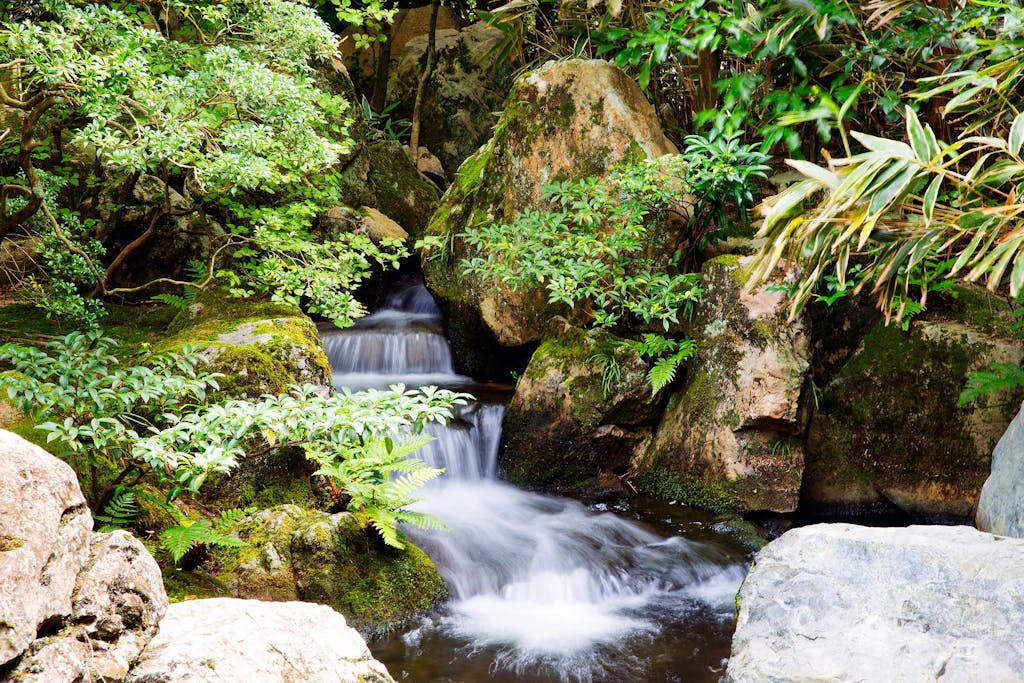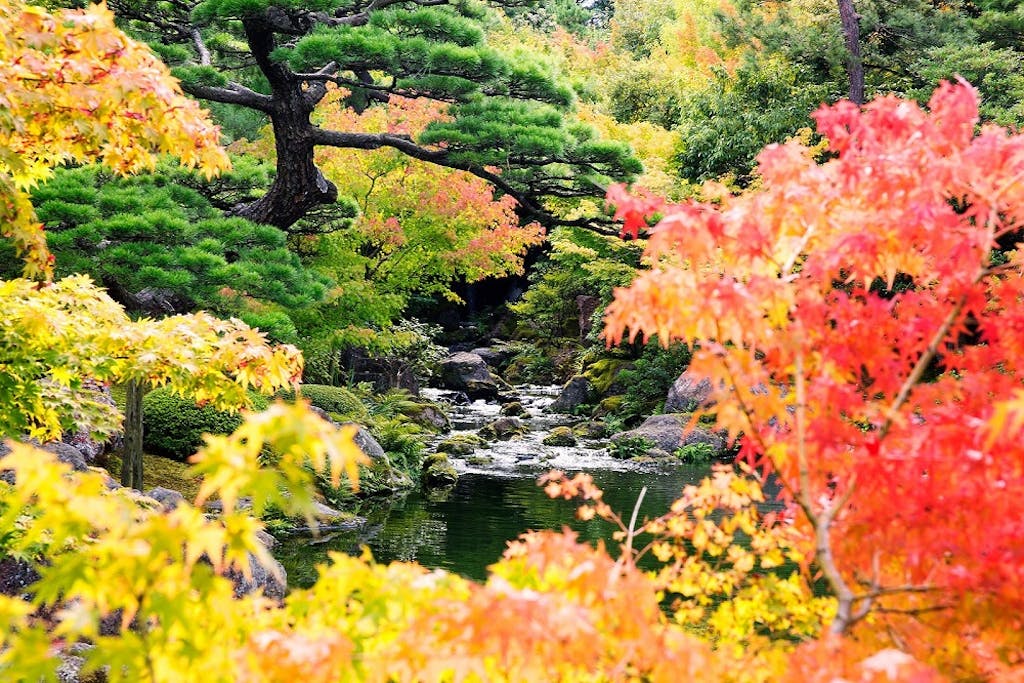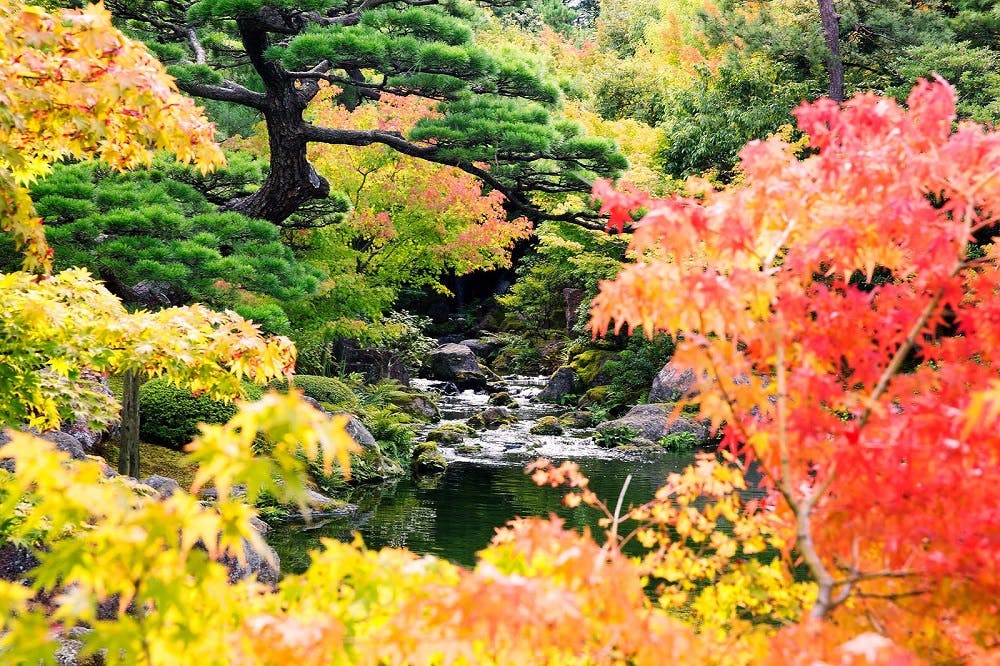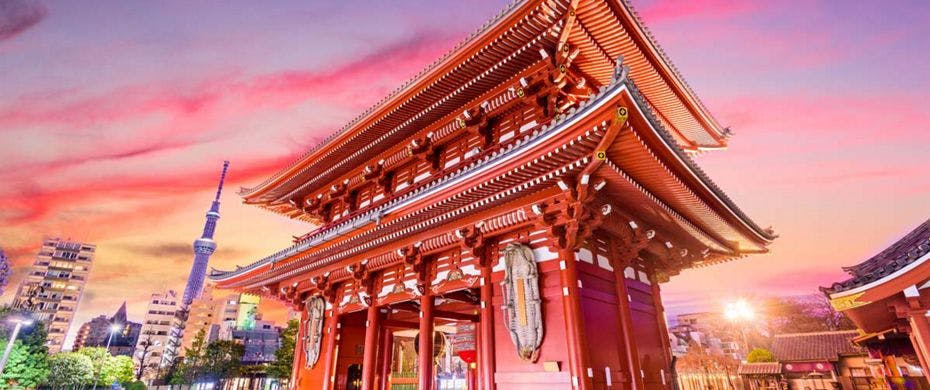The Japanese Zen Garden: Explore the Different Types, Elements and Pictures
The traditional Japanese Zen garden is rightly famous for its understated beauty, from the perfectly raked gravel of Zen temples to the serene tea houses reflected in mirror-like ponds. The gardeners themselves treat these gardens as a canvas, using the seasons as paintbrushes and employing minimalism to dictate a sense of balance. From the meticulous pruning, leaf by leaf, of each bush, to the wedding of a neighborhood flower patch with a pair of chopsticks, gardening in Japan is an exercise in meditation. It inspires mindful travelers to experience mindful contemplation in both the garden’s creator and its viewer.

The practice of ordering nature in Japan has a long history, with the first known treatise on garden design, Sakuteiki, dating back a thousand years. “There are so many different styles that range over time and place,” says expert garden designer Toby Musgrave who has written 10 books on gardens and holds a Ph.D. in garden history.
In his experience, the diversity and types of Japanese gardens surprise many visitors to the country. The karesansui, or dry gardens (famous for their raked gravel, and often associated with Zen Buddhism), remain the most well-known, and Japanese garden sand design is practically an art form. But landscape gardens, strolling gardens and tea gardens shouldn’t be overlooked, either. Musgrave explains, “Even within one genre, such as the dry gardens, you can get such a diversity of those as well.”
Rooted in religion
This Japanese tradition, which spans millennia, ranges from sprawling pleasure gardens created by wealthy merchants to tiny pocket plots meant to be viewed from a single vantage point while sipping tea. One theme, however, is common throughout — an intense reverence for nature that has a religious root. “I’d say there’s a very strong influence of Taoism and Buddhism coming in with this sort of allegorical imagery,” says Musgrave. This is represented in everything from Japanese Zen garden rocks to Japanese gardens with koi ponds. “The use of rock and mountains and water — very much the islands of the blessed, if you like, islands of the immortals, and the mountains of the immortals. So there’s a strong sort of religious overtone.” The Eight Immortals are figures in Chinese mythology that live on a group of mystical, mountainous islands somewhere in East Asia.
Japan’s homegrown Shinto religion is animistic in its heavy emphasis on nature worship and seeing gods in natural elements like bodies of water, trees, rocks, mountains and animals. The country’s other major religion, Buddhism, highlights symbolism, minimalism and mindfulness and includes nature as a tool for meditation.

Minimalism inspires meditation
One of the most powerful elements of a traditional Japanese garden design is nothingness, according to Kazuyuki Ishihara, an award-winning Japanese garden designer who has medaled multiple times at the Chelsea Flower Show. “Many of Europe’s gardens are vast,” he says. “But in Japan, we can enjoy smaller gardens that have been enhanced with careful manipulation of space, including dead space, in design.” That minimalism is the element that most often inspires contemplation, according to Musgrave. “It’s that idea of using a garden as a tool, that idea that you stare into that garden, the void,” he says. “Your mind goes into the void.” Though Musgrave does not identify as Buddhist, he still appreciates the way the garden encourages stillness and thought. “The more you look at it, the more you see,” he adds. “You just get drawn into, down to every last little piece of moss and every piece of raked gravel.”

Native flora and borrowed landscapes
Even the best Japanese gardens in Japan are supported by a typically muted color palette. While much of Europe’s mild climate is well suited to many species of colorful flavors, many Japanese gardens are built around non-flowering vegetation and leaves that are adaptive to the country’s high summer temperatures. “June is a dreadful, humid season,” adds Ishihara. “Because of the humidity, beautiful moss can flourish, and we can enjoy the uniquely Japanese climate.” The variety also prevents disease and protects the garden from ruin, as different types of plants attract different kinds of insects and help to strengthen the soil.
Built around elements like rock and water (both real water and so-called dry water, composed of gravel raked in patterns that emulate water), moss and evergreen plantings, many types of Japanese gardens emphasize browns and greens, with bursts of color concentrated in a single area. “In Britain or Europe, we tend to mix those colors into the garden whereas in Japan it’s much more understated,” explains Musgrave. “Subtlety, I suppose, is an element of Japanese gardens.”

Reverence in the details
Common in other traditional Japanese spaces such as geisha houses, this concept of the “borrowed landscape” is paramount in its design. According to Musgrave, artistic miniaturization works particularly well in a small area where every angle is considered and every scene framed. “It always amazes me what you can achieve in such a minute space,” he says.
Considerable attention is given to manipulating every corner of the space while the wildness of the surrounding area is reflected within the confines, creating an orderly mimicry that serves as an extension of the garden. “Particularly with the landscape style of the strolling gardens, you have this constant series of events, of particular viewing points with a particular event you’re supposed to be experiencing at that one point,” Musgrave explains. “It’s all … meticulously planned. Nothing is left to chance.” Even the placement and layout of Japanese garden stepping stones, or tobi-ishi, is designed to influence your experience.
While these strolling gardens are known for winding paths and expansive landscapes, all kinds of spaces can be enjoyed as long as attention is paid to design. No matter the size, the canvas is ever-changing with elements arranged to create a shifting living painting, subtly different every day, hour and moment.
Ready to explore Asia? Discover the different Asian luxury cruises that Silversea offers.



















